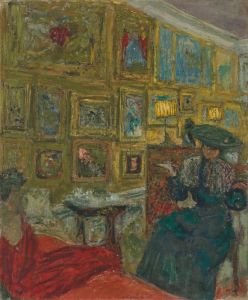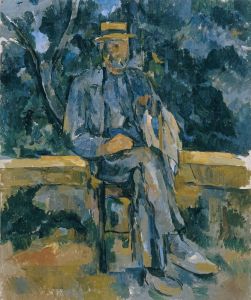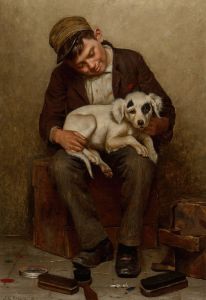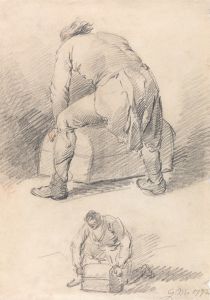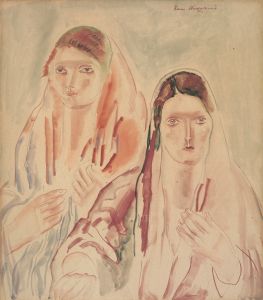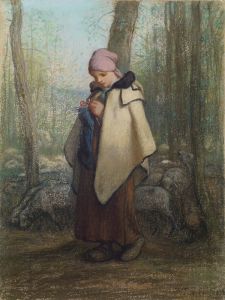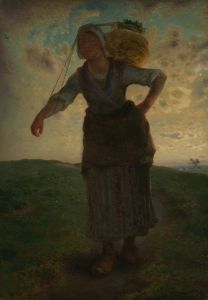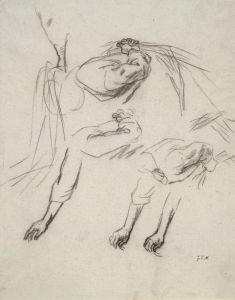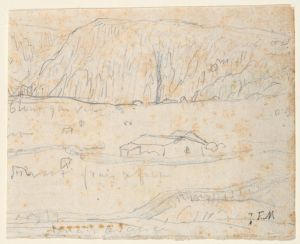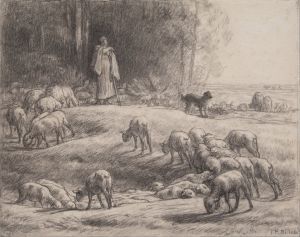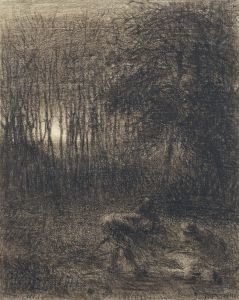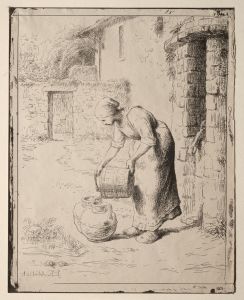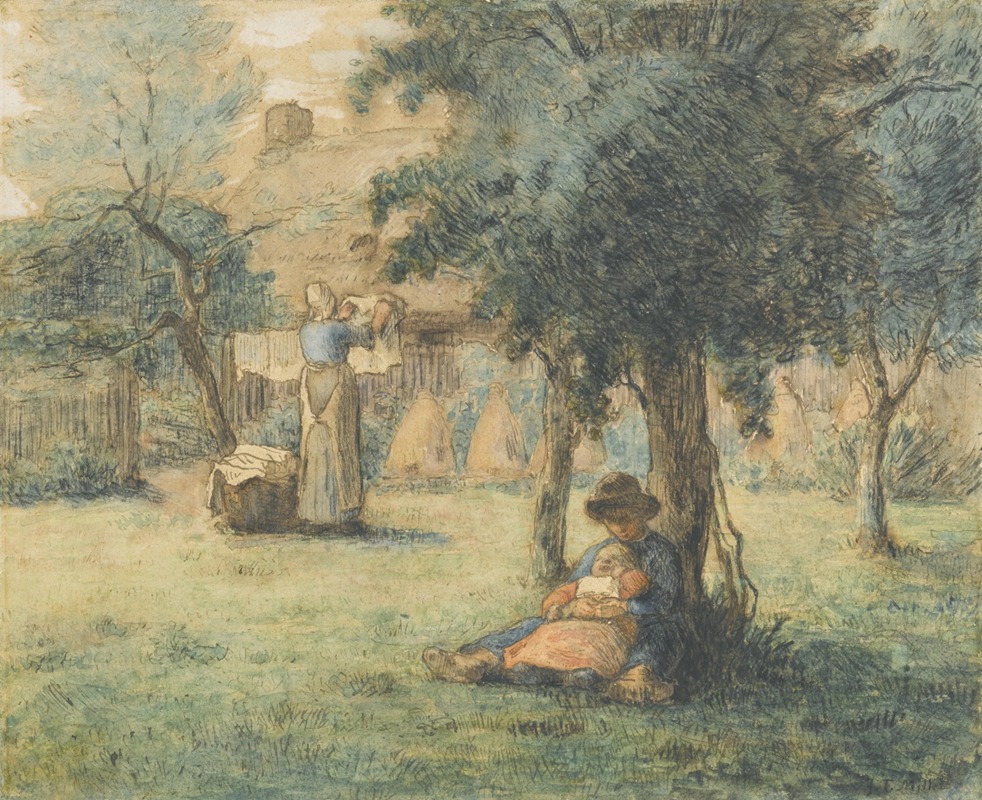
Femme étendant son linge
A hand-painted replica of Jean-François Millet’s masterpiece Femme étendant son linge, meticulously crafted by professional artists to capture the true essence of the original. Each piece is created with museum-quality canvas and rare mineral pigments, carefully painted by experienced artists with delicate brushstrokes and rich, layered colors to perfectly recreate the texture of the original artwork. Unlike machine-printed reproductions, this hand-painted version brings the painting to life, infused with the artist’s emotions and skill in every stroke. Whether for personal collection or home decoration, it instantly elevates the artistic atmosphere of any space.
Jean-François Millet's Femme étendant son linge (Woman Hanging Laundry) is a painting that reflects the artist's dedication to portraying the dignity and labor of rural life. Millet, a French painter and one of the founders of the Barbizon School, is best known for his depictions of peasant life, often focusing on the daily tasks and struggles of working-class individuals. This particular work, like many of his others, emphasizes the quiet resilience and humanity of its subject.
The painting depicts a woman engaged in the act of hanging laundry, a common domestic chore. True to Millet's style, the composition is simple yet evocative, focusing on the figure of the woman and her interaction with her environment. The muted color palette and earthy tones are characteristic of Millet's work, grounding the scene in a sense of realism and humility. The figure is rendered with a sense of solidity and presence, emphasizing her connection to the land and her role within the rural community.
Millet's works often carried a sense of reverence for the laboring class, and Femme étendant son linge is no exception. The painting does not romanticize the act of hanging laundry but instead presents it as an integral part of daily life. This approach aligns with Millet's broader artistic philosophy, which sought to elevate the ordinary and give voice to the often-overlooked lives of peasants.
The exact date of the painting's creation is not definitively documented, but it is consistent with Millet's body of work from the mid-19th century, a period during which he produced many of his most iconic pieces, including The Gleaners and The Angelus. These works collectively contributed to Millet's reputation as a pioneer of Realism, a movement that sought to depict subjects truthfully and without idealization.
As with many of Millet's paintings, Femme étendant son linge reflects the influence of his upbringing in the rural village of Gruchy, Normandy. His early life in a farming community deeply informed his artistic focus and his empathetic portrayal of rural laborers. While the painting itself may not be as widely recognized as some of his other masterpieces, it remains an important example of his commitment to capturing the essence of peasant life.
The current location of Femme étendant son linge is not widely documented in public records, and further details about its provenance or exhibition history are limited. However, the work continues to be appreciated as part of Millet's broader legacy, which has had a lasting impact on the art world and inspired subsequent generations of artists.





